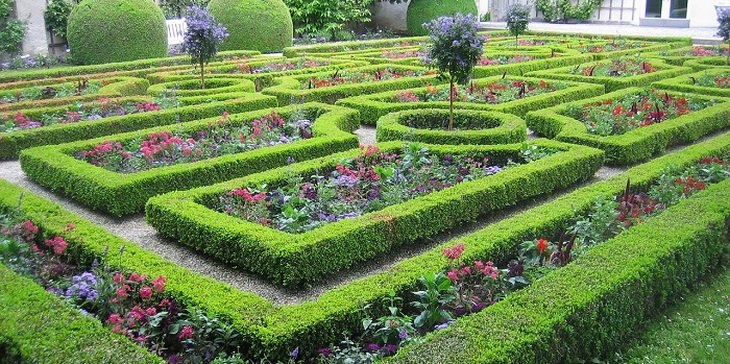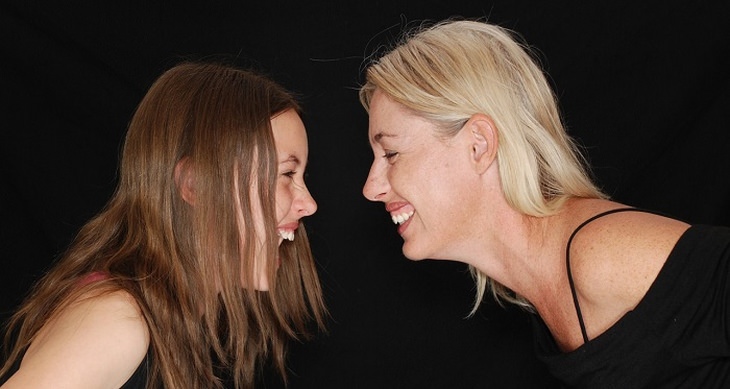
We’ve all heard about meditation and its many advantages geared towards helping us achieve a calmer and more peaceful life. However, many assume that the only way to practice meditation is to sit cross-legged and hum to ourselves. But with our busy schedules, we may think that it's hard to devote time to this. Fortunately, this assumption is wrong, and you’ll be surprised to discover that meditation is much more than that. At the same time, its meaning is simpler than you may have initially thought. Meditation is about being fully present in the moment without veering off to our to-do lists and worries. In this way, we learn to live in the moment, while keeping our anxieties and fears at bay.
The following creative techniques are fun exercises that don’t take more than 15 minutes. They will also help you learn about meditation in new and varied ways. Choose one or more of these methods and you’ll be able to experience positive changes in your life after just a few exercises.
Have you ever caught yourself staring blankly into space? This usually occurs during mundane activities, such as riding the bus or waiting in line. Staring is something that we do unconsciously. But in the process, we may be thinking about several different things. This form of meditation focuses on a technique called gazing. Unlike staring, gazing is practiced with full awareness, ensuring that you remain 100% present. The real challenge lies in staying focused in a noisy or stressful environment. After some time of training, however, you’ll be able to use this method to completely relax before an important meeting or conversation
How to: Simply find a spot on the wall in front of you, or anywhere in the room, and concentrate on that spot for as long as you can. You can set a timer on your smartphone or wristwatch to keep track of how much time has passed. Don’t be worried if after a few seconds of gazing your thoughts seem to take over. Once this happens, stop looking at the spot you have chosen and "come back" to the room. Over time, you will notice that seconds of gazing turn into minutes. In this way, you are training your mind to be completely and consciously cleared of outside noises.
One of the things that many of us do to occupy our time is to shut ourselves off from the world by looking at our smartphones. But, isn't time being wasted here too? In addition, it is also harmful to our eyes, neck and finger joints. So, rather than occupying your time on your phone, open yourself up to the environment around you. This technique will turn your thoughts into an adventure, which will help you feel more relaxed and free of worries.
How to: Look at the people around you, and try to invent a story about who they are, where they’re going, and any additional details you can think of. This is a great meditation technique because as we concentrate on the creative development of a story, we work our brains in a complex way. At the same time, it helps us forget about our own problems and anxieties, if only for a moment. You can make up stories about people, places, and even interesting objects. Such as, deciphering how an object ended up where it is or who the object belongs to. Whenever you feel stressed, threatened or depressed, look at the world around you and find in it the things that attract your curiosity.
Think of hiking trips you’ve gone on while on vacation. This desire to explore and see is a characteristic of children and is rarely experienced in adulthood, with the exception of very rare moments. The purpose of this meditation is to bring exploration back into our lives. With time, the focus that guides us on getting out of the "maze" that we’ve trapped ourselves in, will accompany us later in the day and help us develop a different perspective even when looking at familiar things.
This method is based on unexpected discoveries that we encounter along the way, alongside the dual activity of both hemispheres of the brain as we navigate our way to reach our goal. It helps us remain focused on what we are doing and allows us to pay attention to things that would otherwise elude us. This is, of course, only true when we are in no hurry to get to work on time, to pick up our kids from school or to run errands.
How to: If you need to walk somewhere and have an extra 10-15 minutes to spend, try to get to where you’re going using a different and new route. Avoid using maps or navigation devices that are available on many of our smartphones, and set off knowing just the general direction in which you need to go.
Another way to do this exercise is to try escaping an actual physical maze, on paper. There are many special mazes that can help you practice meditation in this way, and you can challenge yourself by doing them at home, at your convenience. Print out a maze, take a few minutes, and look for your way out of it. Click here for a bunch of free printable mazes, to help you get started on this meditation.

This technique is also known as Metta, which in Pali means, “unconditional love and kindness". This love does not depend on whether one deserves it and is not restricted to friends and family. this meditation is suitable for those who feel they don’t get along with the people around them, are accused of being too self-centered or are dissatisfied with how they behave with others. The technique reinforces our ability to identify with others and accept them, as well as appreciate their place in our lives.
How to: Turn to this meditation for a few minutes at the end of the day and think of one good thing you have done today and can take credit for, even if it’s something small - give this thought a minute or two. Then, in the second step, think of a close friend or family member who usually makes you happy, even if you have not seen them today. Try to think of something nice this person has recently done for you and how he or she takes up a big part of your life.
After giving them a few minutes, think of a "neutral" person. It could be someone from work you do not know enough, a salesman in the store you visit regularly, and more. In the last circle of thought, think of a person you've had difficulty with recently. It could be someone from work, a family member, a friend and so on. In the final step, think again about the list of people.
The connection you've created between a loved one and a person you do not like for one reason or another will eventually lead you to realize that one problematic relationship is not indicative of all your relationships. This practice will also condition you to have positive feelings toward someone you are used to thinking of only in a negative context. It is this conditioning that helps develop compassion in one who does this type of meditation and teaches them to look at troubled relationships with less anger. You can repeat the same names the next time, or think of different people depending on the level of closeness or distance from them at that moment.

